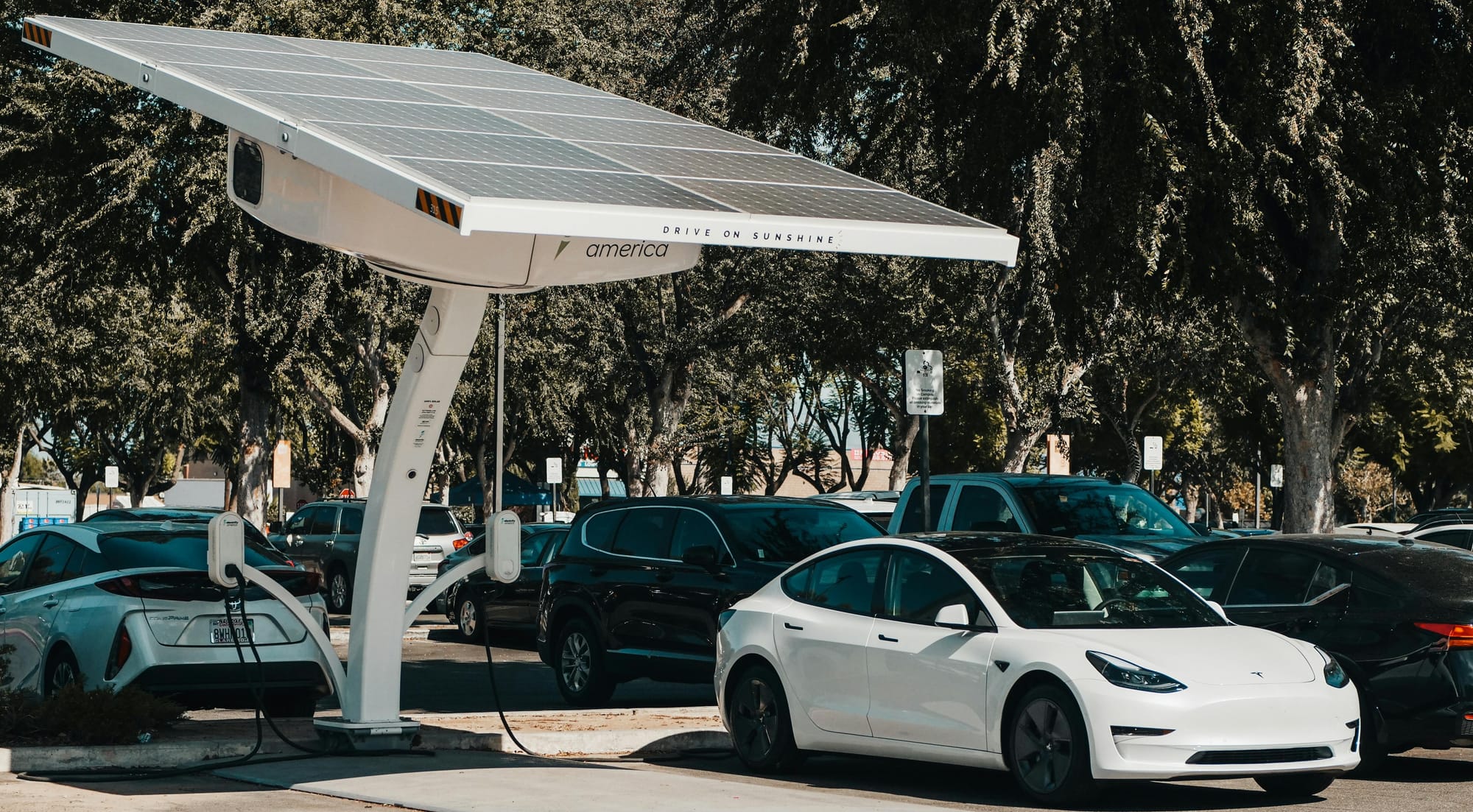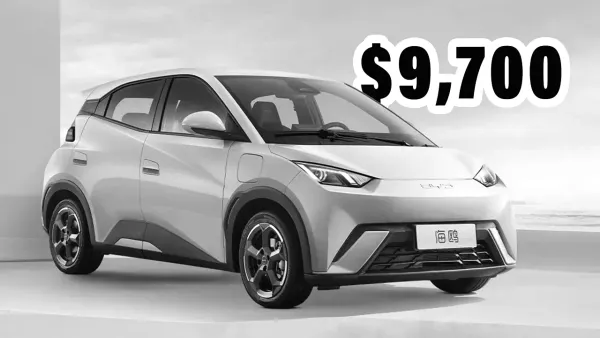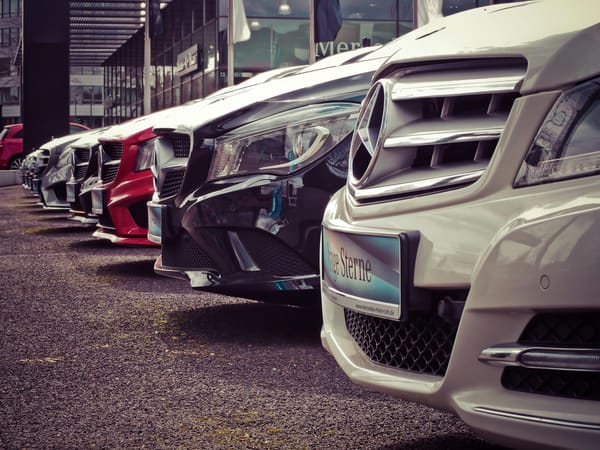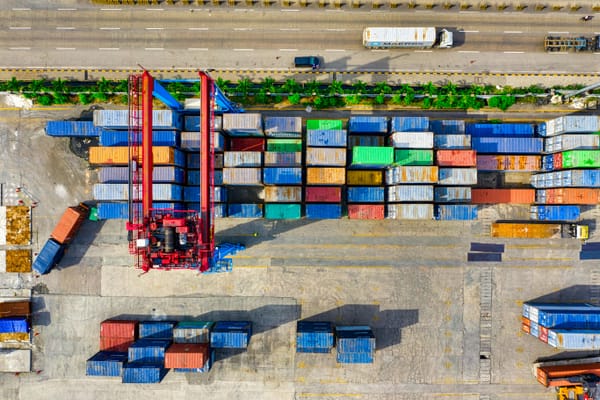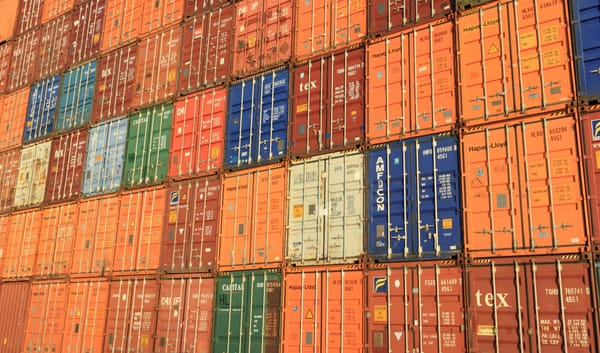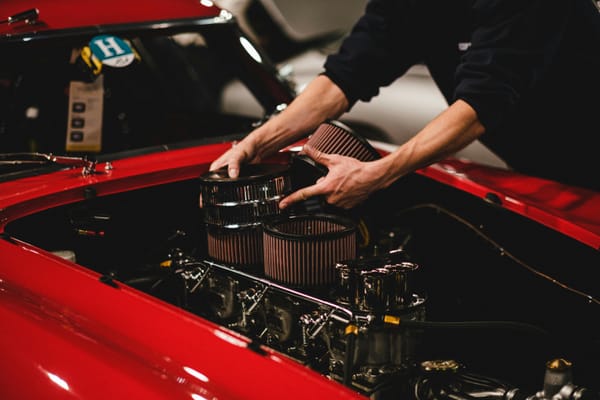For years, the transition to electric vehicles (EVs) has been seen as inevitable, driven by falling battery costs, government incentives, and aggressive mandates. But the looming threat of a U.S. trade war with China, Mexico, Canada, and the European Union—one that could begin within weeks and last more than a year—may significantly disrupt this trajectory.
A multi-front tariff battle would send shockwaves through the global auto industry, straining supply chains, increasing costs, and forcing automakers to reconsider their all-in approach to electrification. The result could be a slowdown in EV adoption, a resurgence of hybrid and internal combustion engine (ICE) vehicles, and a broader reconfiguration of global auto markets.
Tariffs & Supply Chain Disruptions Could Stall EV Growth
The global EV market remains heavily dependent on China for battery production and raw materials. The U.S. imports nearly 80% of its lithium-ion batteries from Chinese manufacturers, while China controls roughly 70% of the world’s EV battery production and more than 85% of its refining capacity for critical minerals such as lithium, cobalt, and nickel.
Should the Trump administration impose broad tariffs on Chinese batteries and minerals, EV production costs would rise sharply. Analysts estimate that such tariffs could add anywhere from $8,000 to $20,000 per vehicle, significantly affecting consumer demand. At the same time, proposed tariffs on Mexican and Canadian auto parts—two of the U.S.’s largest trading partners—would disrupt the supply chains that sustain both traditional and electric vehicle production.
These rising costs would be exacerbated by bottlenecks in domestic U.S. production. While automakers have announced plans to build battery plants in Michigan, Kentucky, and Georgia, domestic capacity remains years away from meeting demand. In the short term, higher tariffs would likely lead to production slowdowns, particularly for companies that rely on Chinese suppliers, such as Tesla, Rivian, and Lucid.
Fleet operators, another key pillar of EV adoption, may also hit pause. Companies such as Amazon, FedEx, and Uber have committed to aggressive electrification goals, but rising costs and supply uncertainties could prompt delays in procurement.
The Return of Fossil Fuels & a Shift to Hybrids
As tariffs make EV production more expensive, gasoline-powered vehicles may benefit from renewed consumer interest. Hybrid and plug-in hybrid electric vehicles (PHEVs) could become the dominant alternative, offering better fuel efficiency while avoiding the high costs of full electrification.
Toyota, which has been criticized for its slow transition to EVs, now appears well-positioned for such a shift. The Japanese automaker remains the global leader in hybrid technology, a strategy that now seems prescient in light of potential trade disruptions. Ford and GM, both of which had planned to phase out ICE vehicles in favor of EVs, may have to accelerate their hybrid production plans to maintain market competitiveness.
Meanwhile, a tariff-induced slowdown in EV adoption could shift U.S. energy policy back toward fossil fuels. With global oil markets already experiencing volatility, the Biden administration may be forced to fast-track drilling permits, pipeline projects, and refinery expansions to stabilize gasoline prices. Some analysts speculate that the long-debated Keystone XL pipeline could see renewed interest as the U.S. seeks to offset the impact of supply chain disruptions.
China’s EV Expansion & the Global Realignment
If the U.S. imposes restrictions on Chinese EVs, China’s automakers will find alternative markets. Companies such as BYD, Nio, and XPeng have already been expanding aggressively in Europe, Latin America, and Southeast Asia.
A trade war could accelerate this trend, turning the U.S. into an isolated market for high-cost EVs while Chinese manufacturers flood other regions with affordable alternatives. The EU, already facing economic pressures from its green energy transition, may be reluctant to implement similar tariffs, giving Chinese automakers a significant foothold in one of the world’s largest EV markets.
European manufacturers, including BMW, Mercedes-Benz, and Volkswagen, could also find themselves caught in the crossfire. If the U.S. extends tariffs to European auto imports, German and French automakers would face tough choices about whether to continue investing in the American market or shift their focus elsewhere.
What Comes Next?
The prospect of a multi-front trade war introduces a level of uncertainty that could reshape the global auto industry. While EV adoption will continue in the long run, a prolonged tariff battle could delay the transition by years, pushing automakers toward hybrids and keeping ICE vehicles on the road far longer than expected.
The broader question is whether the U.S. can build a sufficiently resilient domestic supply chain to replace its dependence on China. While efforts are underway to develop lithium mining operations in Nevada and expand battery production in the Midwest, these projects take time.
If tariffs remain in place for more than a year, the narrative that EVs are the only future of transportation may weaken. Automakers that have hedged their bets—such as Toyota with hybrids—may find themselves in a stronger position than those that went all-in on electrification.
In the near term, consumers are likely to face higher vehicle prices across the board, regardless of whether they prefer gasoline, hybrid, or electric. The U.S. auto market is on the verge of its biggest disruption in decades, and the outcome will depend as much on trade policy as it does on technological innovation.
Winners & Losers in a
Multi-Front Trade War
Category | Winners | Losers |
Automakers | Toyota, Honda (hybrids) | Tesla, Rivian, Lucid |
Energy Sector | U.S. oil & gas companies | Offshore wind, solar |
Battery Suppliers | U.S. startups (QuantumScape, Redwood Materials) | Chinese battery giants |
EV Adoption | Slows in the U.S., grows in China | U.S. and EU EV makers |
Consumer Impact | Gasoline cars stay affordable | EVs become luxury items |
Strategic Recommendations for Automakers & Policymakers
For Automakers:
1️⃣ Diversify Battery Supply Chains → Shift to U.S., India, and South American sources for lithium and rare earth materials.
2️⃣ Expand Hybrid & PHEV Offerings → Don’t rely solely on BEVs; hybrids will dominate consumer preference in a high-cost EV market.
3️⃣ Localize Manufacturing → Reduce dependency on China and Mexico by investing in U.S.-based production.
For Policymakers:
✅ Accelerate Domestic Battery & Mineral Refining → Reduce reliance on China for key materials.
✅ Expand Charging Infrastructure → Address range anxiety and rural accessibility.
✅ Subsidize Alternative Battery Chemistries → Encourage sodium-ion and solid-state batteries as alternatives to lithium-ion.
The Future of the EV Industry in a Trade War Scenario
💡 If this trade war lasts 12+ months, the EV market will undergo fundamental changes:
🔹 EV adoption will slow dramatically in the U.S. as high costs deter buyers.
🔹 Hybrid and PHEV sales will surge, delaying full EV transition timelines.
🔹 U.S. energy policy will favor oil and gas, reversing previous renewable energy expansion efforts.
🔹 China will capture EV growth in non-U.S. markets, forcing U.S. automakers to compete at a higher cost.
🚨 Final Verdict: The EV future is no longer guaranteed
If tariffs remain in place for an extended period, the "EV transition" could become a "hybrid-first transition," with full electrification pushed years into the future.

